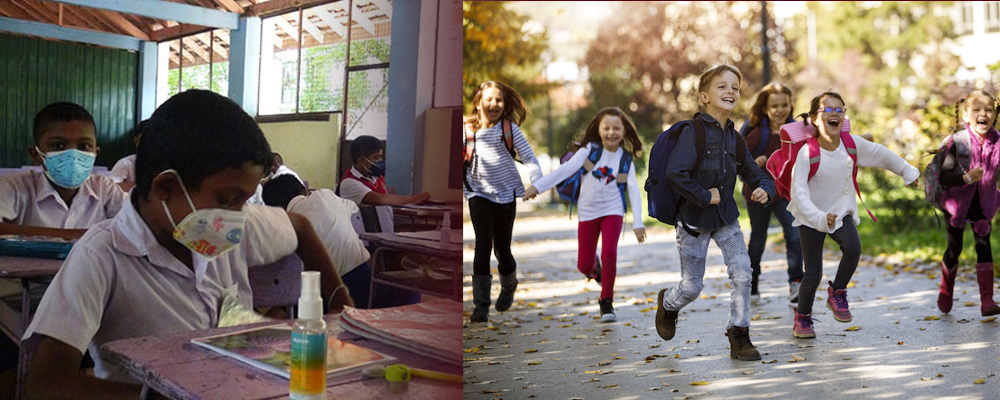Disasters As A Significant Threat To Children’s Well-Being
A ‘disaster’ is described as “a serious disturbance in the functioning of a neighborhood or community, causing widespread human, material, financial or environmental damage that impairs the ability of the community or society concerned to use its resources.”
Due to a variety of circumstances, including age, natural ability, gender, health needs, and dependence on caregivers. Many children are remarkably vulnerable in the event of a disaster. Such conditions can cause serious disturbances in their healthy adulthood and development as well as overall happiness.
Vision Of National School Safety –
The National School Safety Policy guidelines pertain to all academies and schools in the country – whether government-supported or private, regardless of their location in provincial or urban areas.
The guidelines follow a vision of India where all children and their teachers are protected from any hazards in the school community that may jeopardize their well-being while pursuing knowledge.
Need A Legal Advice
The internet is not a lawyer and neither are you. Talk to a real lawyer about your legal issue

The guidelines also rightly endorse that even in the direct result of failure, educational preparation is sustained/upgraded so that children are physically, mentally, and emotionally safe within their schools and academics.
Fundamental Policies Of These Guidelines Are Given Below –
All hazard approach –
- School safety applications must take into account all kinds of hazards that may affect the well-being and health of children.
- These can include natural hazards such as floods and earthquakes.
- It is also a man-made threat. Threats include fundamental and non-fundamental components.
- Fundamental factors – neglected construction, poorly planned structures, faulty production, poorly managed foundations, loose building elements, etc.
- Whereas in non-structural conditions – loosely installed heavy objects such as almirahs, an infestation of premises by snakes and any other pests
- The safety of children, their teachers, and parents needs to be looked at holistically to include visible and invisible risks that may start suddenly or increase gradually over time.
- Improving The Provisions Of Existing For Schools Safety –
- Substantial investment has been made by the government in creating infrastructure for the education sector.
- There is a need to ensure that all existing and new infrastructure is resilient to locally relevant hazards through design and construction processes.
- It is thus important to ensure that all development works undertaken even in non-emergency are designed to ensure their performance during emergencies.
- The existing institutions at the national and state level should be strengthened and should be able to take responsibility for school safety planning and action.
- Such a move would not only ensure the strengthening of development policies and programs but would also provide the necessary support for security works.
School Safety Indicates Quality For Planning, Execution, And Monitoring –
- School Safety is not a one-time effort but a continuous process.
- Security principles need to be included in the day-to-day functioning of educational institutions in the country.
- The traditional phases of the disaster cycle: preparedness, response, and recovery.
- Thus the institutions involved in imparting education in the country need to develop a methodology and approach as a continuously monitored indicator of quality.





 Talk to a Lawyer
Talk to a Lawyer